Perrier-Jouët: The artist
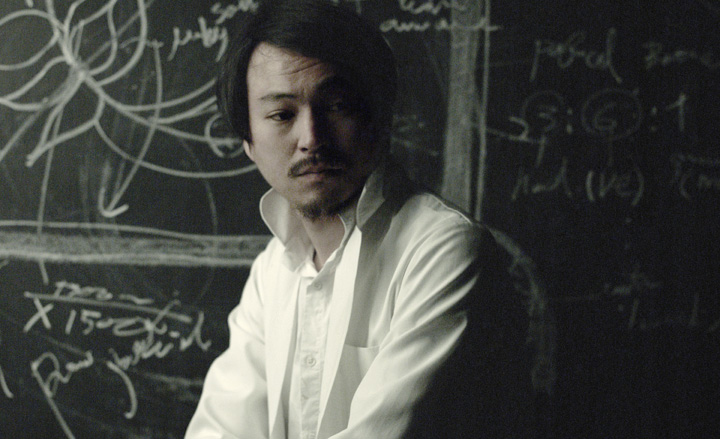
Tokyo-based floral artist Makoto Azuma, whose work has been exhibited at Colette and Fondation Cartier in Paris, was well aware of the historical significance of this very particular commission. The Belle Époque bottle had not changed much since the head of Perrier-Jouët, Henri Gallice, asked the celebrated French glassmaker Émile Gallé to design a special magnum for his champagne in 1902.
It was an audaciously flamboyant move at the time; the art nouveau movement was in full swing and the clambering anemones testified to this adventurous new style, paying tribute to Japanese art and drawing inspiration from the primal force of nature, a central theme of art nouveau. The bottle design's organic lines and forms, criss-crossing stems and leaves illustrated the true spirit of the movement.
These motifs became the emblem of the Belle Époque cuvée and the iconic image of a champagne house that has become recognised the world over for its links to the art world. The bottle became an icon, famous for the distinctive, hand-painted Japanese anemones that cling to its green bottle and rise up its slender neck.
Equipped with this knowledge and appreciation of the champagne house's legacy, Azuma embarked on some vital research, which mostly involved tasting Perrier-Jouët champagne. 'The lightness and feeling of air in the mouth, the sensation of the popping and bursting of the champagne bubbles, these were my inspirations,' says Azuma.
Back in the quiet calm of his Tokyo studio, with the elegant effervescence of those defining flutes still fresh on his palate, the artist got down to work. He first surrounded himself with white flowers and Japanese foliage 'as a tribute to the anemones of Émile Gallé', recreating the classic Perrier-Jouët colour spectrum in his atelier. 'I wanted to make something extraordinary, taking inspiration from the sensation of champagne inside the mouth, and the delicate movement of the ivy and leaves with special attention given to the anemone.'
Ideas and inspiration came from myriad sources. Some tangible, others less concrete. 'Many people will tell you that they have profound memories - like, for instance, if you listen to a certain kind of music, it may remind you of a girlfriend or boyfriend,' he says. 'I want to evoke such memories through plants.'
www.perrier-jouet.com
Perrier-Jouët Facebook
Perrier-Jouët Twitter
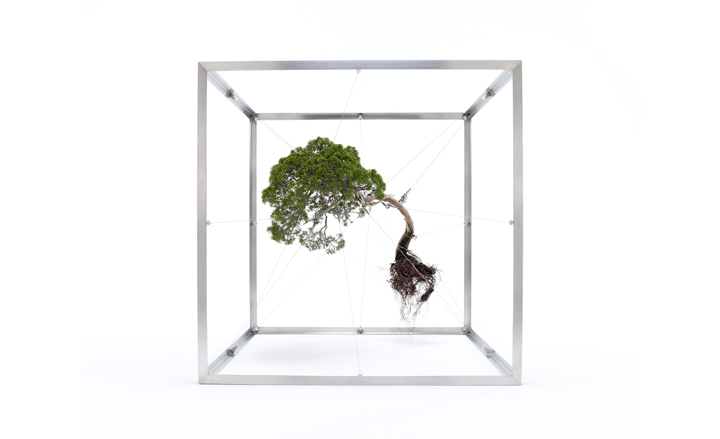
Part of a series of artworks, titled 'Shiki', created to convey the conflict between man and nature
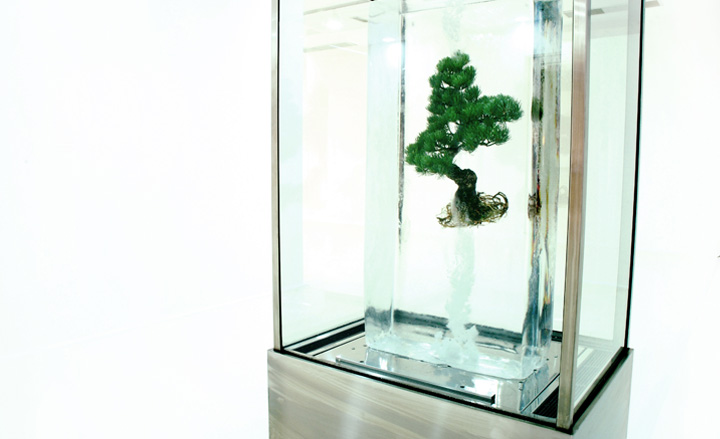
Part of a series of artworks, titled 'Shiki', created to convey the conflict between man and nature
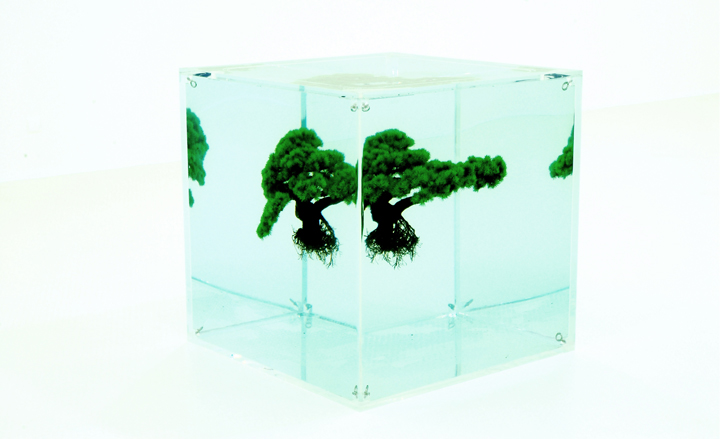
Part of a series of artworks, titled 'Shiki', created to convey the conflict between man and nature
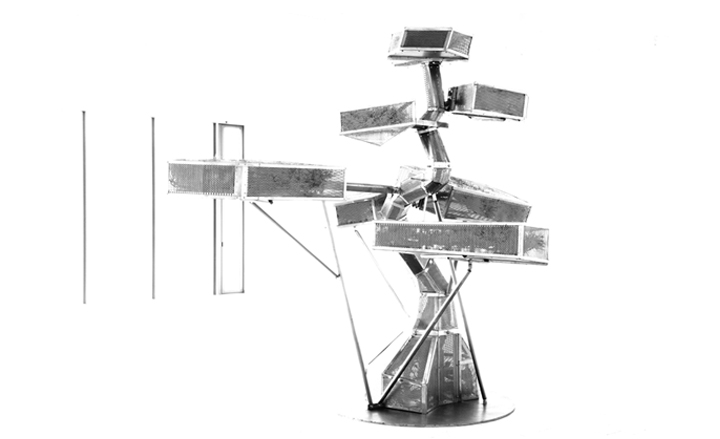
'Armoured pine', 2010. Azuma gives just the illusion of a pine tree using steel cages
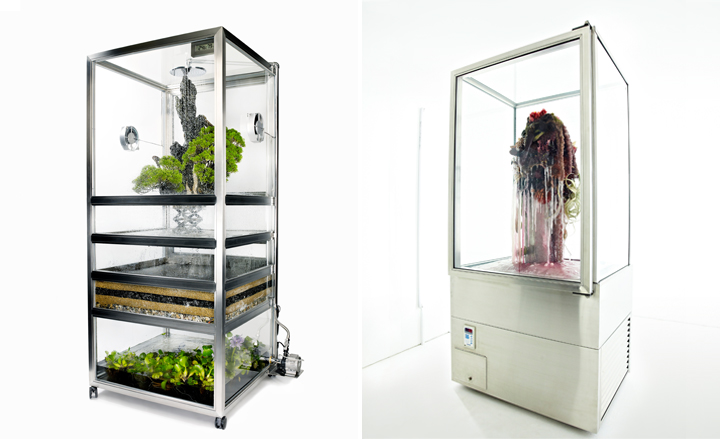
Left, a new botanical environment by Azuma, titled 'Paludarium Suguru'. Right, 'Frozen Flowers'
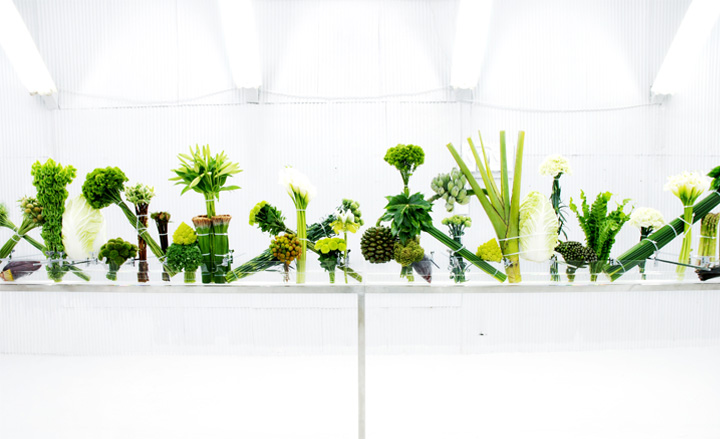
'Botanical Sculputure #1 Assamblage', 2008. Azuma's living sculpture develops the concept of assembling plants by cutting, bending, binding and joining, rather than purely arranging
Receive our daily digest of inspiration, escapism and design stories from around the world direct to your inbox.
-
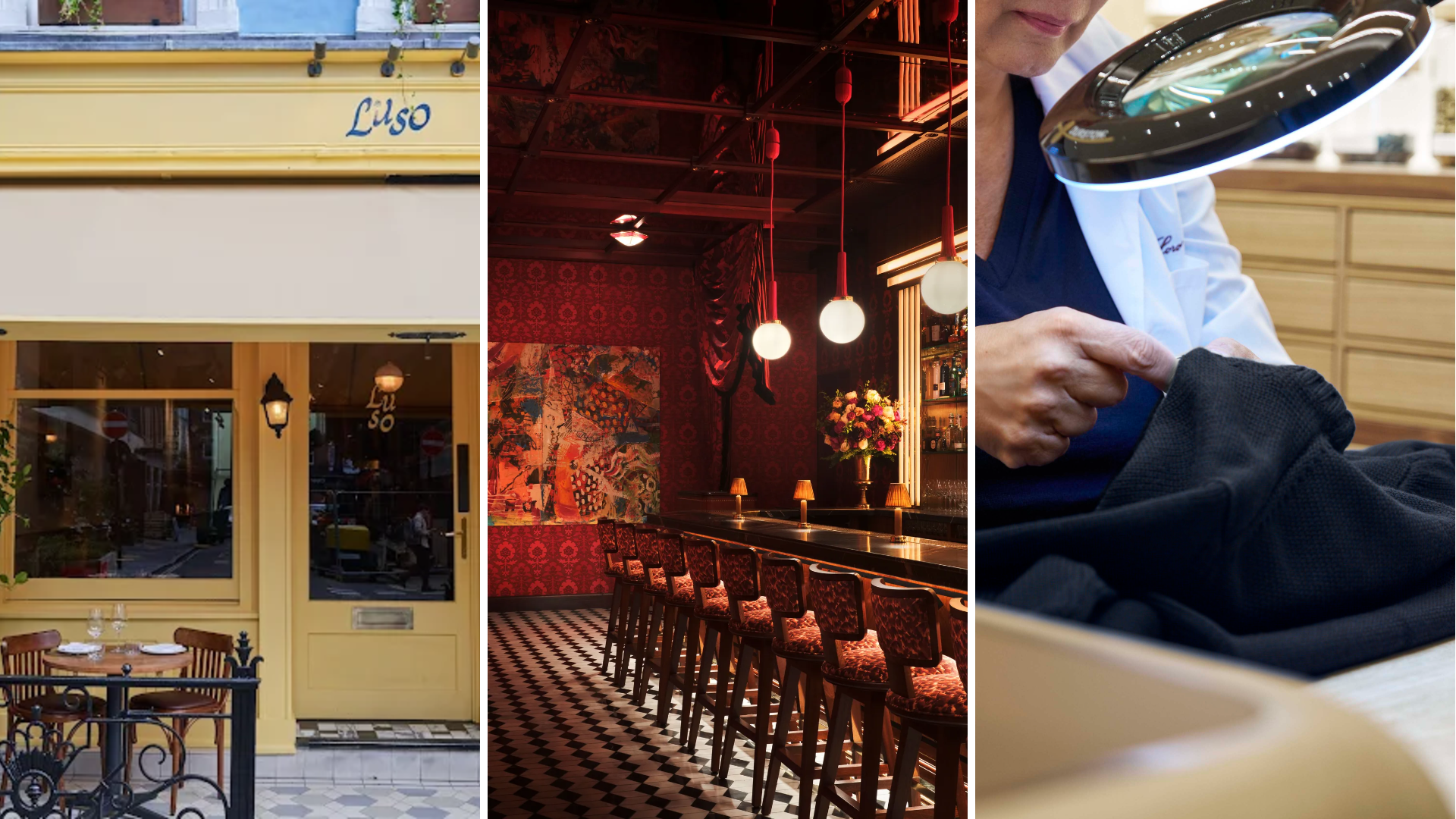 Out of office: The Wallpaper* editors’ picks of the week
Out of office: The Wallpaper* editors’ picks of the week'Tis the season for eating and drinking, and the Wallpaper* team embraced it wholeheartedly this week. Elsewhere: the best spot in Milan for clothing repairs and outdoor swimming in December
-
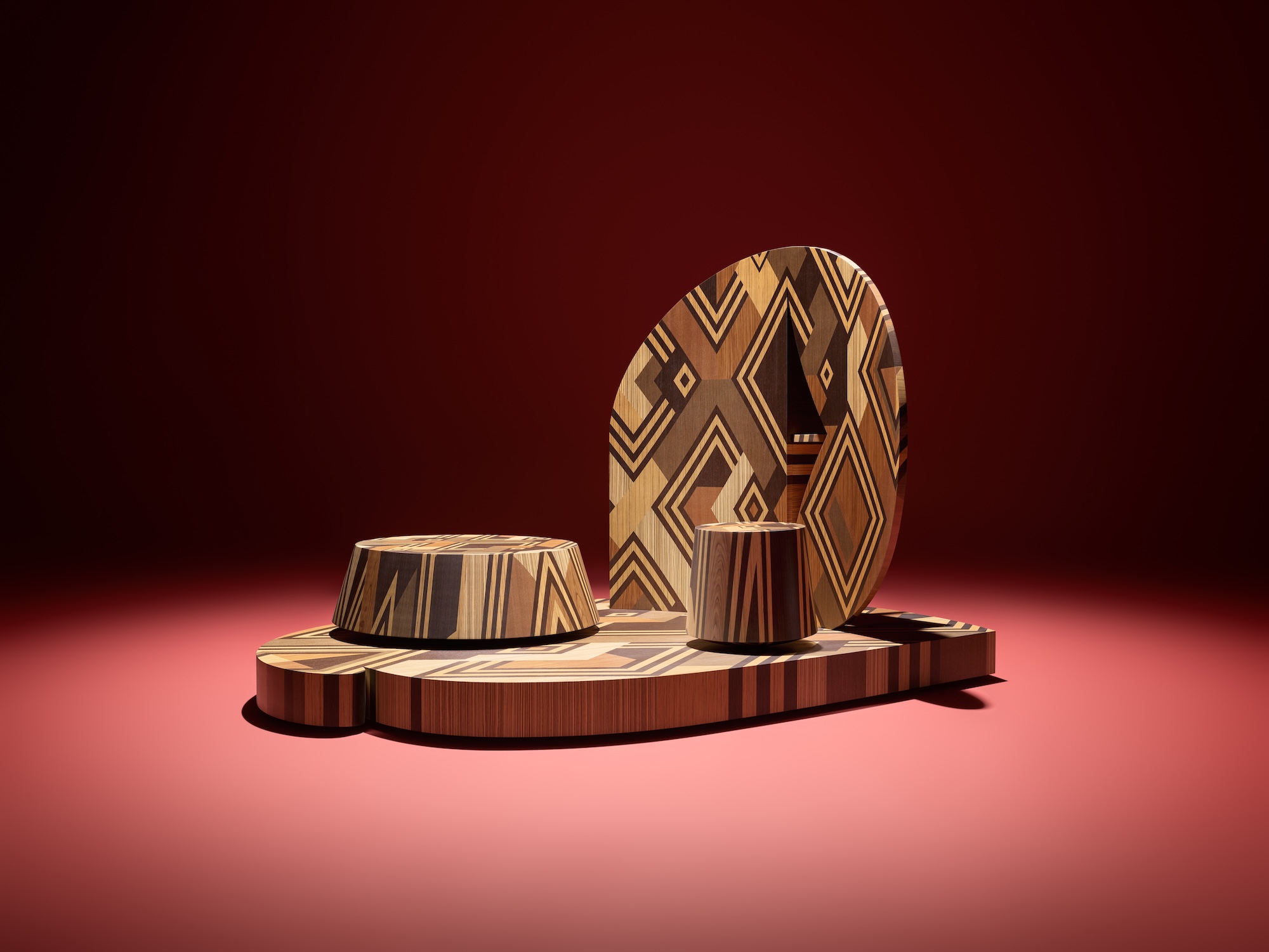 How Stephen Burks Man Made is bringing the story of a centuries-old African textile to an entirely new audience
How Stephen Burks Man Made is bringing the story of a centuries-old African textile to an entirely new audienceAfter researching the time-honoured craft of Kuba cloth, designers Stephen Burks and Malika Leiper have teamed up with Italian company Alpi on a dynamic new product
-
 Valie Export in Milan: 'Nowadays we see the body in all its diversity'
Valie Export in Milan: 'Nowadays we see the body in all its diversity'Feminist conceptual artists Valie Export and Ketty La Rocca are in dialogue at Thaddaeus Ropac Milan. Here, Export tells us what the body means to her now